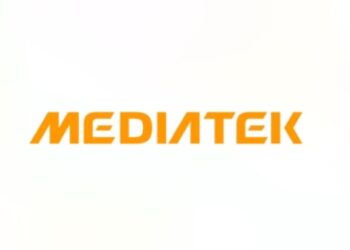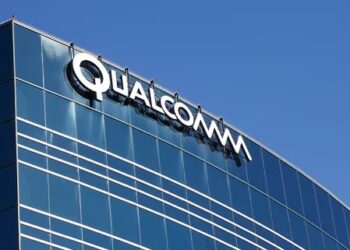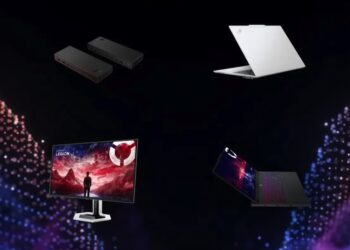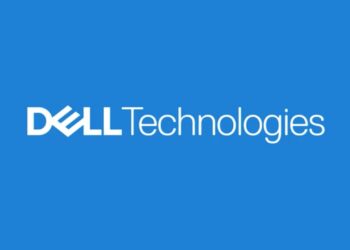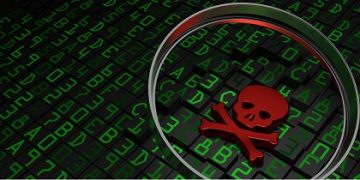As another eventful year comes to an end, we look to what the year 2023 holds for us. While the macroeconomic issues facing the globe are of worry, not all is gloom and there are upsides too, especially around technology. The tech landscape has interesting developments simmering that promise to become a mainstay in the coming future. Let’s delve on the top 8 technology trends.
Massive growth in Secure Access Service Edge (SASE)
We are increasingly using a tagline – “Orchestration of Digital Transformation @ Edge”. This tagline is being validated by the trends in 2023 with “Everything moving to cloud, and Digitalization penetrating deeper into Enterprises & everything @ Edge”.
Edge computing is a new approach to processing data in which operations do not occur within a data centre. Instead, computation and storage occur within localized devices at or near the network’s edge. Edge computing will become very popular in 2023 as companies continue their digital transformations and move their data centres to the cloud and then work to ensure their networks are secure.
Some experts expect a big increase in Secure Access Service Edge (SASE), as at least 40% of companies will look to employ this to secure their networks next year. When cybercriminals do their business next year, many experts will tell you that the threat could have been minimized if only the victims had understood the power of the Edge.
Adoption of Web 3.0
A trend that has already begun taking shape is Blockchain technology powering the adoption of Web 3.0 (aka Web3). Applications requiring transparent and decentralized computing and storage of data in industries benefiting most will start mushrooming.
EdTech is here to stay, supporting long/short-term and hybrid delivery
In the field of EdTech 2023, post-pandemic most universities are looking to join the bandwagon of online delivery of courses. While many are floating short-term online courses, even the long-term course delivery is also going hybrid. EdTech would support and enable universities to manage these hybrids and short-term online courses. Universities would be able to launch courses, register students, collect fees, deliver course content, conduct assessments and give certification within a single platform. This will emerge as a major trend in the EdTech area.
Zero Trust Architecture (ZTA) will come to the forefront
The concept of zero trust (ZT) has been circulating for several years; however, work from anywhere and recent advanced and persistent cyberattacks post-pandemic have brought the need for implementing zero trust architectures (ZTA) to the forefront. Many countries are working with the regulatory body to get ZT adoption into the timeframe – making it mandatory, especially for BFSI/public sectors across the regions.
5G and IoT to compel businesses to strategize real-time data collection
With the introduction of 5G and the integration with IOT, workplaces will have tons of data to monitor and manage. Every individual will be empowered by their skillsets and knowledge plus a new, constantly growing set of requirements that will make it impossible to persist only through existing sets of experience. Businesses will need a strategy for real-time data collection, or they will miss out on the real-time analytics’ intelligent twins (5G and IoT) can provide.
For example, investment in sensors and IoT devices to collect data and the tools to prepare, analyze, and visualize the massive amounts of information gathered successfully created this next-generation workforce to support a new way of working in the post-pandemic era. Industries will need to focus on Healthcare, Telcos, Manufacturing, Agri, Automotive etc.
Everything will go to the cloud, if not already
There are still businesses worldwide with on-premises data centres. Still, they are moving steadily toward the cloud, be it private cloud, zero-trust sovereign cloud, or public cloud (usually deployed as a multi-cloud solution).
This trend comes with some challenges for businesses and some threats, the biggest of these is the explosive increase in cybersecurity risk. Because cloud computing enables IoT and Work from Home, network security is a completely different game today. Very few numbers of companies will have the capacity to monitor their own networks effectively and so the industry will witness a growing number of contracts for secure access edge services. This prediction is seen to be already taking shape by several corporations and governments requiring zero-trust architectures, and we are bound to see more of this.
The rise in Global Command Centre (GCC) and DaaS
Orchestrating the digital transformation is proving difficult for companies and so the industry is witnessing an increase in demand for support, including Digital Infrastructure Management Services. Another area with very high growth is the rise of a Global Command Centre (GCC) with NOC – SOC Provisions.
As corporate data moves through disparate legacy systems, security has become a major area of concern. We will see more GCC and Desktop-as-a-service (DaaS) offerings in 2023, which gives the company more control over what data is sent to which authorized users and devices.
More companies will harness AI’s cognitive power
Several new technologies will make it easier for some companies to harness and make better use of their data. IoT is making it easier than ever to harvest information, and 5G will make it faster than ever. But it is the new cognitive services that will prove to be exciting in 2023.
We will see more AI and ML adoptions empowered by these new technologies. This is exciting because it won’t just be the very large enterprises that benefit from this. Still, even smaller companies will have access to better tools to make decisions that will allow them to compete effectively with larger firms.
While no predictions are completely accurate, I believe these are the top 8 technology trends that businesses should be cognizant of. The ecosystem is rapidly evolving, and we will see a few wildcards now and then disrupting the apple cart.
Also Read: Metaverse Reality Check: Is It Worth It?

